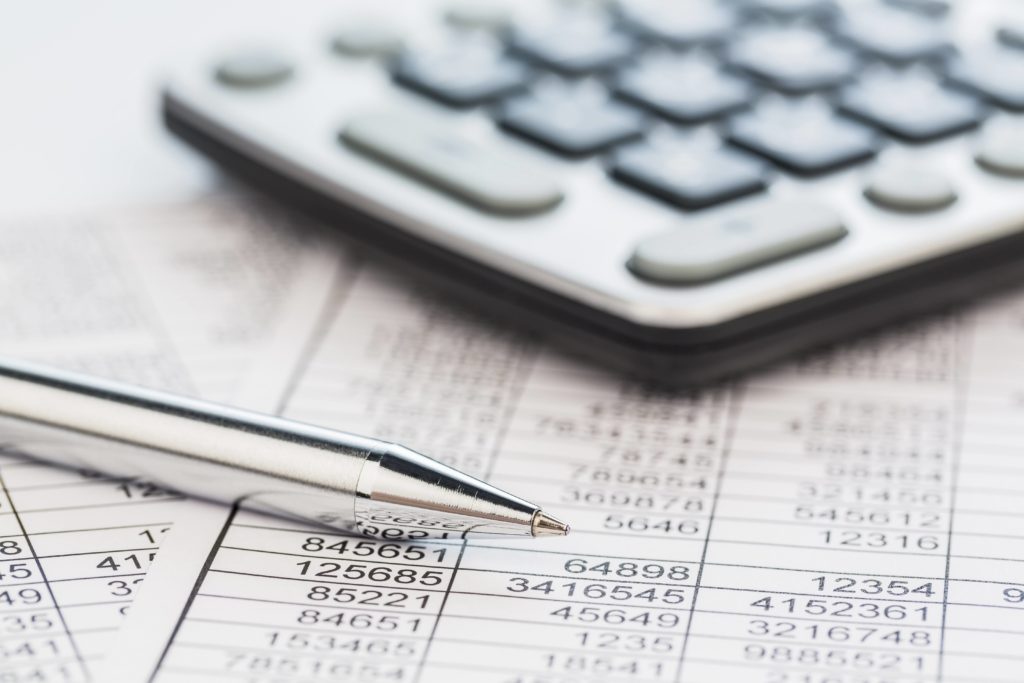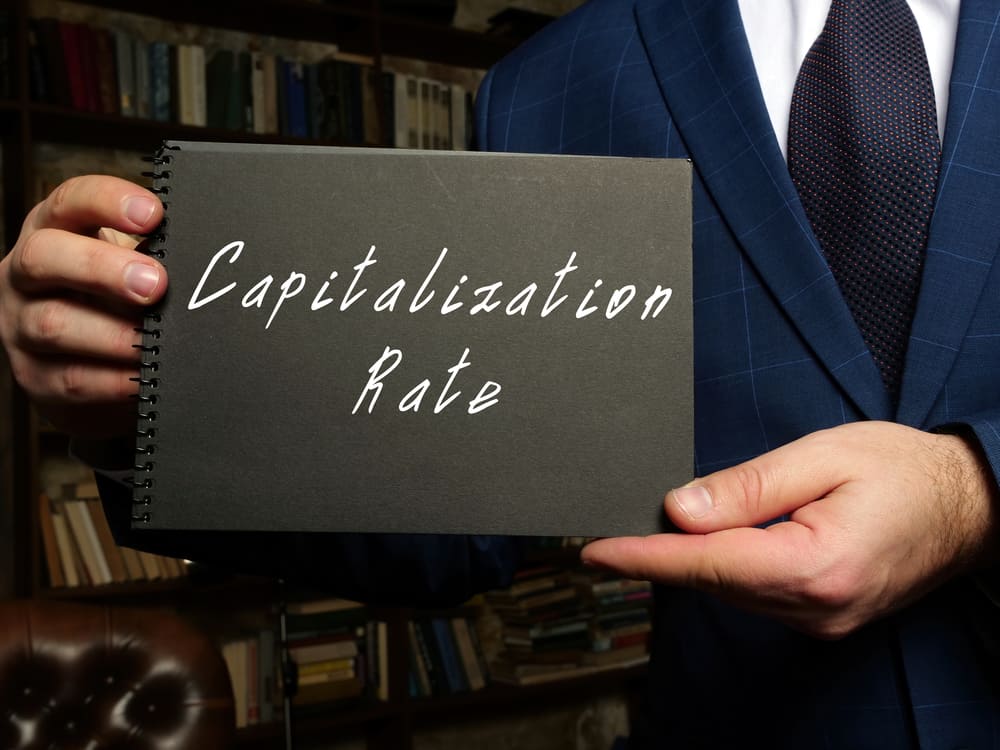A cap rate, otherwise known as a capitalization rate, is one of the most important fundamental indicators for determining whether a property is worth pursuing. Not surprisingly, cap rates have proven instrumental in building some of today’s most prolific real estate investment portfolios, and there’s no reason it couldn’t help you do the same. In fact, I’d argue that you can’t even build a halfway decent portfolio without asking, “what is a good cap rate?” It’s that important. Therefore, it’s in your best interest to better understand what a cap rate is and how to use it to strengthen your investing efforts.
[ Thinking about investing in real estate? Register to attend a FREE online real estate class and learn how to get started investing in real estate. ]
Cap Rate Meaning
In the realm of real estate, the cap rate functions as a benchmark to determine and compare the return on investment for a variety of commercial and residential properties. In its simplest form, a cap rate is nothing more than an equation, one that will identify how much an investor stands to make or lose if they end up buying the property in question.
However, it is worth noting that a cap rate won’t provide investors with the exact amount they stand to gain but rather an estimate. As a result, cap rates are no more accurate than stock market predictions; they are subject to an inherent degree of error and should be taken with a grain of salt. Capitalization rates are not intended to act alone and should instead be used in conjunction with other metrics. A cap rate by itself is almost useless. Still, a cap rate with supplemental data and information can significantly mitigate the amount of risk an investor will be exposed to over the course of an investment.

How To Calculate Cap Rate: Capitalization Rate Formula

(Net Operating Income / Current Market Value) X 100 = Capitalization Rate
For as important as capitalization rates are, they aren’t as complicated to calculate as you would assume. In fact, learning how to calculate cap rate requires nothing more than basic math skills or a free cap rate calculator. Although, before you start calculating your own cap rate, you’ll need two things:
-
The property’s net operating income (NOI)
-
The amount it would cost to by the property
It is worth pointing out that calculating a property’s market cap is contingent on gathering accurate information. Therefore, you will need to mind due diligence and make certain that you can pinpoint the net operating income. To do so, estimate the rental property’s annual revenue (using rental income) and then subtract the total operating expenses. For more information on how to accurately estimate net operating income, be sure to read this article.
Considering Occupancy Rate
The above formula is great for comparing potential investments, analyzing single-family homes, and getting a quick overview of a deal. However, it assumes a perfect occupancy rate. When it comes time to mind your due diligence or sell a property, it’s a good idea to adjust your net operating income for a less-than-perfect occupancy rate. This step is crucial when analyzing commercial real estate, as perfect occupancy is much harder to achieve than a single-family home. Try the following calculation for net operating income:
(Gross Rental Income x Occupancy Rate) – Operating Expenses = Net Operating Income
This formula will allow you to account for a five to 10 percent loss when determining potential income. Try plugging in an 85 to 95 percent occupancy rate and see how it impacts the NOI. By taking a reduced occupancy into account, you can get a much more realistic cap rate. This is crucial when you are in the final stages of deciding on an investment. These adjustments can provide a clearer picture of the return potential and steer you away from lower margins.
Cap Rate Example
Calculating the cap rate is relatively simple if you have the property’s net operating income (NOI). Remember to calculate NOI, subtract all expenses related to the property, excluding mortgage interest, depreciation, and amortization, from the property’s income. To explain this, let’s use a simple example.
Say you purchase a property for $1,000,000; it grosses $100,000 through rent and has total expenses of $30,000. Your NOI would be $70,000 ($100,000 – $30,000). To calculate cap rate, divide the NOI of $70,000 by the purchase price of $1,000,000 giving you a 7% cap rate. Calculation can be broken down as follows:
-
Purchase Price
-
Property Income
-
Property Expenses
-
NOI
-
Cap Rate
$1,000,000
$100,000
$30,000
$100,000 – $30,000 = $70,000
$1,000,000 / $70,000 = 0.07
0.07 X 100 = 7%

What Is A ‘Good’ Cap Rate?
A good cap rate hovers around four percent; however, it is important to differentiate between a “good” cap rate and a “safe” cap rate. This is because the formula itself puts net operating income in relation to the initial purchase price. Investors hoping for deals with a lower purchase price may, therefore, want a high cap rate. Following this logic, a cap rate between four and ten percent may be considered a “good” investment. According to Rasti Nikolic, a financial consultant at Loan Advisor, “in general though, 5% to 10% rate is considered good. Property investors use cap rate every time they invest in a property because it gives them an idea about the profitability. If an investor wants to cover the cost of purchase rather quickly s/he would buy a property which has a higher cap rate”.
However, capitalization rates have also become synonymous with a risk evaluation. To determine a “safe” cap rate, you must identify how much risk you are comfortable exposing yourself to. Essentially, a lower cap rate implies lower risk, while a higher cap rate implies higher risk. Investors hoping for a safer option would, therefore, favor properties with lower cap rates. The most important thing to remember is that you should never take on more risk than you are comfortable with, and you should always use cap rate in addition to other calculations.
When Is Cap Rate Used And Why Is Cap Rate So Important?
Capitalization rate is used by investors deciding whether or not to move forward with a given property. In some cases, it may also be used by investors preparing to sell a property. Cap rate works best for rental properties and may not be as helpful in other scenarios. For example, investors should avoid relying on cap rate when evaluating raw land, fix and flip properties, and, in some cases, short term rentals. This is because the cap rate formula relies on annual net operating income, which would not be applicable. Investors (or even landlords) can, however, use cap rate when evaluating several property types, including:
-
Multifamily Rental Properties
-
Apartment Buildings
-
Single-Family Rental Homes
-
Rentable Townhouses
-
Commercial Real Estate
Cap rate is important because it can provide a look at the initial yield of an investment property. The formula puts net operating income in relation to the investment’s purchase price, which can put the potential profitability of the deal in perspective for investors. According to Investopedia, the cap rate can also reveal the number of years it will take to recover the initial investment. For example, a property with a 4 percent cap rate will take four years to recover the investment. Overall, cap rate is an important way for investors to estimate the level of risk associated with a given property.
Can Cap Rate Change?
Capitalization rate can change as long as investors understand how to boost the NOI. This process is sometimes referred to as compressing cap rates. It involves purchasing a property for below market value and renovating it to boost the overall NOI (typically by increasing the rental income). Renovations can also raise the property value — especially in the right market conditions. The property, which would then have a lower cap rate, could be held or sold for a profit. Remember, as an investor, you have a lot of control over the performance of a given property. With the right planning and execution, you can change the cap rate and boost your portfolio in the process.
Appreciation And Gentrification
Appreciation is the process of an asset increasing in value over time. This trend is part of what makes real estate such an attractive investment. However, while real estate tends to appreciate in value the exact rate can be hard to predict. Instead, investors need to look at other signs the market is growing such as new businesses, and increase in residents, and more.
When considering cap rate and appreciation together, investors can decide whether a property will be a good investment. Appreciation can be especially useful when two properties have a similar cap rate. By looking at the potential appreciation value, investors can decide on the property with more future potential.
Summary
An investment property cap rate may sound simple, but its implications are heavily weighted. That’s why it’s crucial to expand your real estate education and ask questions like “what is a good cap rate?” After all, those who equip themselves with the best investing tools—like cap rates—stand a better chance at realizing success in the industry.
What is a good cap rate for real estate, in your opinion? Feel free to let us know your thoughts on good cap rates in the comments below.
Ready to start taking advantage of the current opportunities in the real estate market?
Click the banner below to take a 90-minute online training class and get started learning how to invest in today’s real estate market!

